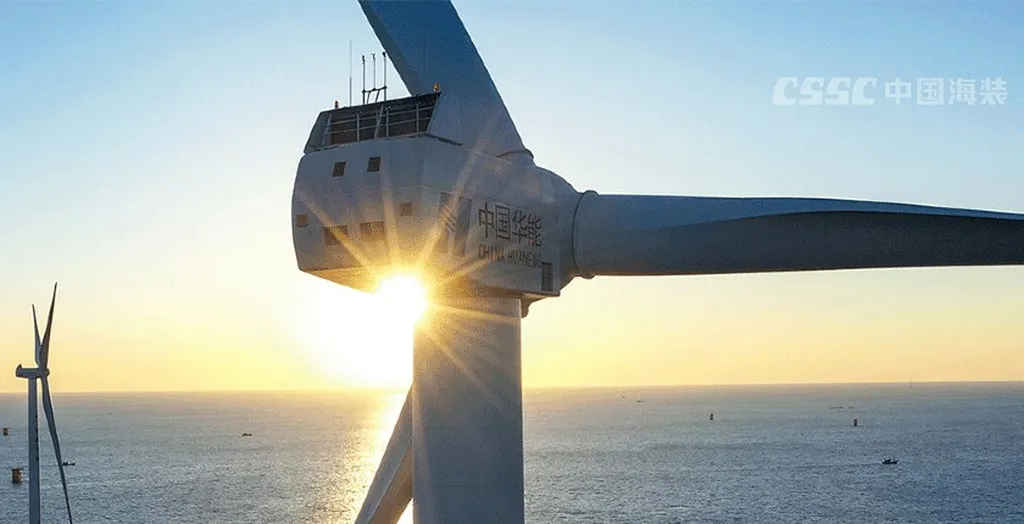In the world of offshore wind energy, ensuring the structural integrity of wind turbines is paramount. A recent study published in the journal *Energies* has shed new light on the critical issue of bolt preload attenuation in wind turbine blades, offering insights that could significantly impact the industry’s maintenance and installation practices.
The research, led by Jia Han of CSSC Haizhuang Wind Power Co., Ltd. in Chongqing, China, focuses on the nonlinear attenuation behavior of preload in the bolt fastening process for offshore wind turbine blades. This phenomenon is a key factor in bolt fatigue failure, a problem that can lead to costly repairs and downtime for wind farms.
Han and his team developed an experimental system to analyze the preload attenuation during bolt tightening. They constructed a simulation system that replicates the bolt installation process using blade and pitch bearing specimens identical to those used in a 10 MW wind turbine. This system restores the stiffness coupling characteristics of the “composite-metal bearing” heterogeneous interface at the blade root, a first-of-its-kind full-scale simulation.
Using ultrasonic preload measurement equipment, the researchers monitored preload variations during the bolt tightening process. They quantified the instantaneous preload decay rate of the wind turbine blade-root bolts and the over-draw coefficient. Their findings revealed that the preload decay rate of commonly used M36 leaf root bolts is between 11% and 16%.
“This study provides valuable insights for optimizing bolt installation procedures,” Han explained. “By enabling precise preload control, we can mitigate fatigue failures caused by abnormal preload attenuation, ultimately enhancing the reliability and longevity of offshore wind turbines.”
The implications of this research are significant for the energy sector. Accurate preload control can lead to more efficient maintenance schedules, reduced downtime, and lower operational costs for wind farms. Moreover, the insights gained from this study could influence the design and manufacturing processes of wind turbine components, ensuring better performance and durability.
As the demand for renewable energy continues to grow, the need for robust and reliable wind turbine technology becomes ever more critical. This research represents a step forward in addressing one of the key challenges in the field, paving the way for more efficient and cost-effective wind energy solutions.
The study, titled “A Study of the Nonlinear Attenuation Behavior of Preload in the Bolt Fastening Process for Offshore Wind Turbine Blades Using Ultrasonic Technology,” was published in the open-access journal *Energies*, making it accessible to researchers and industry professionals worldwide.

